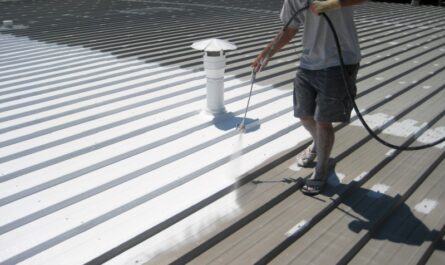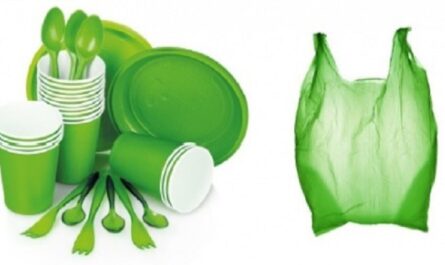Super Absorbent Polymers: Revolutionizing Industries Through Absorption
Super absorbent polymers (SAPs) are a type of polymer material that can absorb and retain extremely large amounts of liquid relative to their size. They are often used in absorbent products like diapers, adult incontinence products and feminine hygiene products. However, SAPs have a wide range of other applications due to their extraordinary absorption properties. This article discusses the characteristics of SAPs, how they are produced and some key industries being transformed through their utilization.
What are SAPs?
SAPs are cross-linked polymers that have the ability to absorb hundreds of times their own weight in aqueous liquids like water. The absorption process involves SAPs forming a hydrogel by absorbing water molecules through ionic, hydrogen and van der Waals bonding. This bonding allows the hydrogel network to expand to many times its original size. The cross-linked structure prevents the liquid from leaking out. SAPs have particle sizes ranging from tens of microns to millimeters. Common chemical forms of SAPs include polyacrylamides, polyvinyl alcohols and polyacrylates.
Production of SAPs
The production of SAPs begins with creating a water-soluble monomer solution containing the base monomers like acrylic acid. An initiator is mixed into this solution to start the polymerization process. Cross-linkers, such as N,N-methylenebisacrylamide, are added to allow cross-linking between polymer chains. This solution is then introduced to a polymerization vessel and the reaction is catalyzed via heat or ultraviolet radiation. Optional processing steps include milling, agglomeration and surface treatments to yield the final SAP product. Modern methods can produce SAPs with absorption capacities up to 300-400 grams of liquid per gram of dry SAP.
Applications in Absorbent Products
SAPs are prominently featured in absorbent hygiene products like diapers and sanitary napkins due to their exceptional fluid handling properties. Only about 5-10 grams of SAPs are enough to absorb a full load of urine in a diaper. This prevents leaks and improves comfort for the user. SAPs are also being incorporated into adult incontinence products, replacing wood fluff, to provide better absorption and prevent skin maceration. Various wound care dressings leverage SAPs to manage exudate from injuries or lesions.
Agricultural and Horticultural Uses
With their water retention abilities, SAPs act as super water reservoirs for plants. SAP-based hydrogels and foams are being increasingly incorporated into soil conditioning and farming applications. They hold 10-100 times their weight in water and release it slowly for plant nourishment over long periods. This reduces need for frequent irrigation. Plant growth media containing SAPs also prevent waterlogging and leaching. Hydroponics and greenhouse operations employ SAPs to enhance moisture availability in growing environments.
Industrial Uses
Due to their swelling properties, SAPs have diverse industrial applications. They are added to drilling fluids in oil and gas extraction to control viscosity and prevent fluid loss into permeable rock formations. Foundry molds utilize SAPs to manage the flow of molten metals. Construction relies on SAPs to reduce shrinkage of concrete during curing. Other areas leveraging SAPs include water purification, firefighting, mining, waste management and more.
Future Growth Potential
The global super absorbent polymers market is forecast to grow at strong rates driven by applications in consumer care products and agriculture. Expanding population sizes will increase demand for diapers and feminine hygiene products which utilize SAPs. Adoption of sophisticated hydrogels and superporous cryogels with superior properties offers opportunities. Regions like Asia Pacific and Latin America with expanding middle classes represent areas of potential growth. Technical advances and more economical production methods can further bolster SAP usage across industries. Overall, SAPs are enabling innovative solutions through their unparalleled capacity to absorb liquids.
Conclusion
To summarize, super absorbent polymers are a promising class of cross-linked polymers with astounding liquid absorption abilities. With properties allowing them to swell and retain fluids hundreds of times their size, SAPs have transformed absorption-centric industries and processes. Ranging from consumer care to agriculture and manufacturing, SAPs continue delivering revolutionizing impacts through their water management functions. Future innovations are likely to expand their applications into newer domains, cementing SAPs as impactful materials of strategic importance in diverse sectors.
*Note:
1. Source: Coherent Market Insights, Public sources, Desk research
2. We have leveraged AI tools to mine information and compile it




